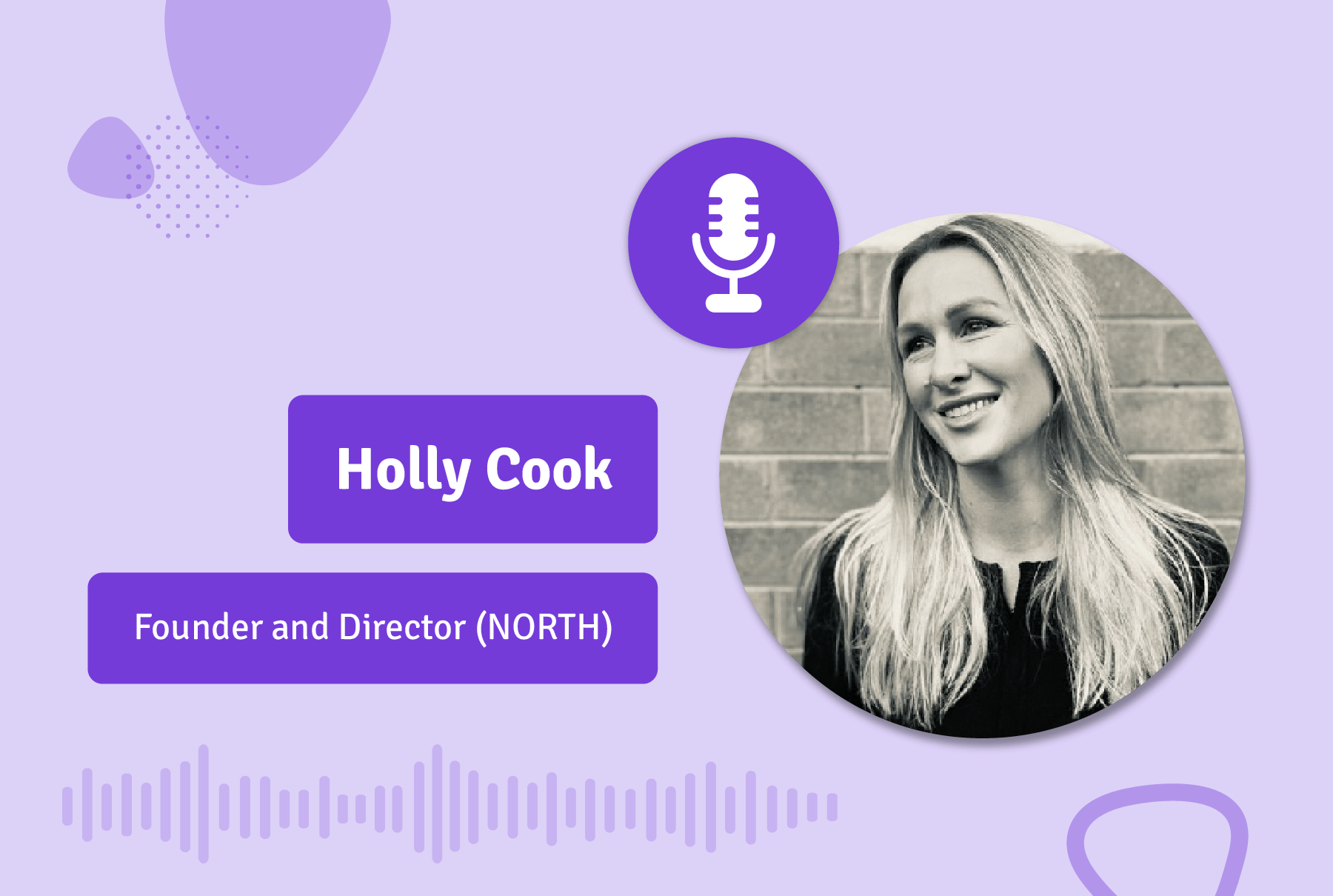How the ‘Mess’ of an L&D Problem Provides Structure & Drives Outcomes

Learn why you should spend more time diagnosing learning needs and how to spend L&D budget more effectively.
Holly Cook, Founder and Director of North, joins Blake Proberts on the Strategic L&D Podcast to chat about what we need to do to fulfil our organisational purpose, the key to striking a balance between self-directed and guided learning, and how to prioritise, plan and persuade in an L&D budget session. Listen to the full episode above or watch below.
Key takeaways
“All capability building initiatives need to be linked to an individual purpose and the organisational purpose.”
1. Create an inextricable link between learning and business priorities.
Consider: What are the mindsets and behaviours that we need in our business to deliver our strategy?
“There’s got to be a story for the organisation that really connects this. And the story needs to be linked to your strategy, your purpose, and your cultural aspirations.”
2. Learning is everyone’s responsibility.
Get business execs involved in shaping your learning and development plans, so when it comes to picking what to tackle first, you can match strategies with what is needed now and down the road.
“I see businesses changing their… learning and development approaches or where they put their budget every six to 12 months. Culture change and capability building can take a couple of years.”
3. Prioritise, prioritise, prioritise.
Don’t try and spread resources thin to hit every target. Pick what will have the biggest impact now so you can show ROI (and get more budget for other targets later).
“People will not embed and sustain behavioural change unless they want to go from knowing to doing.”
4. You have both guided and self-directed learning.
Because that’s how you get learners motivated. You want them to reflect throughout the learning process so learning sticks.
“What’s not working… [is] saying that you’re this level, so you’re in this box.”
5. Don’t limit your people with arbitrary ratings.
Capabilities lay out the playing field, defining expectations within your org. Think in terms of capabilities first, and job roles, teams, and the training needed will form more clearly.
See more from our host: Blake Proberts
Hear more of the Strategic L&D Podcast on Spotify and Apple. You’ll also find us in video form on YouTube.